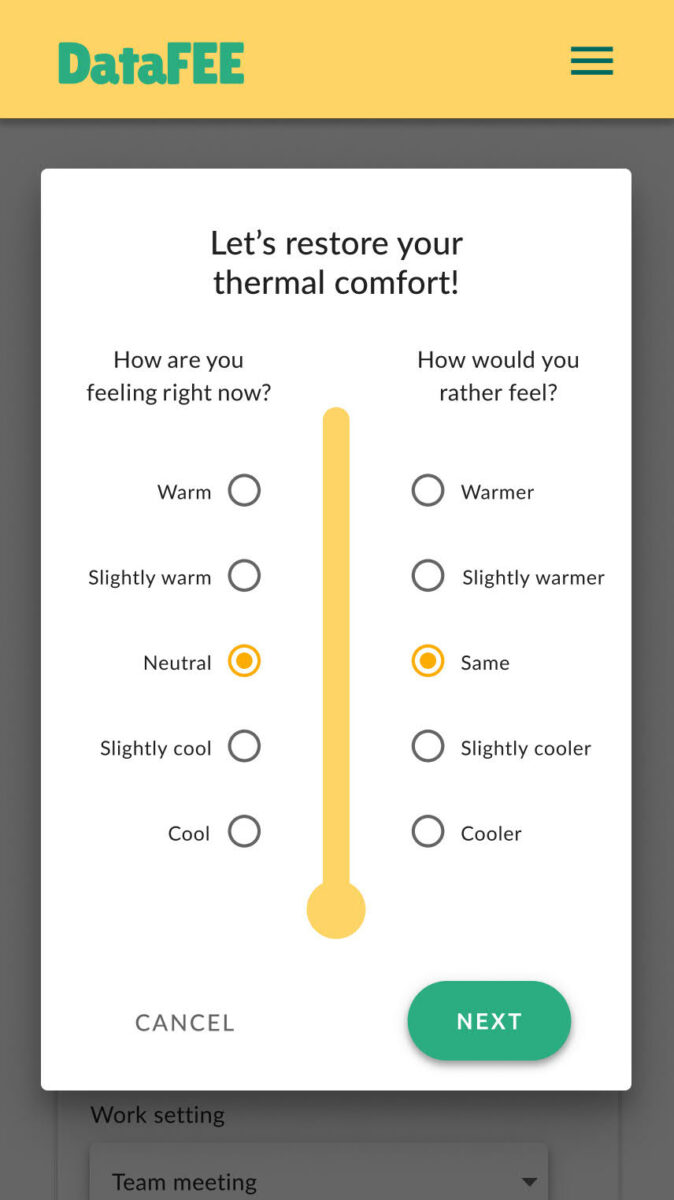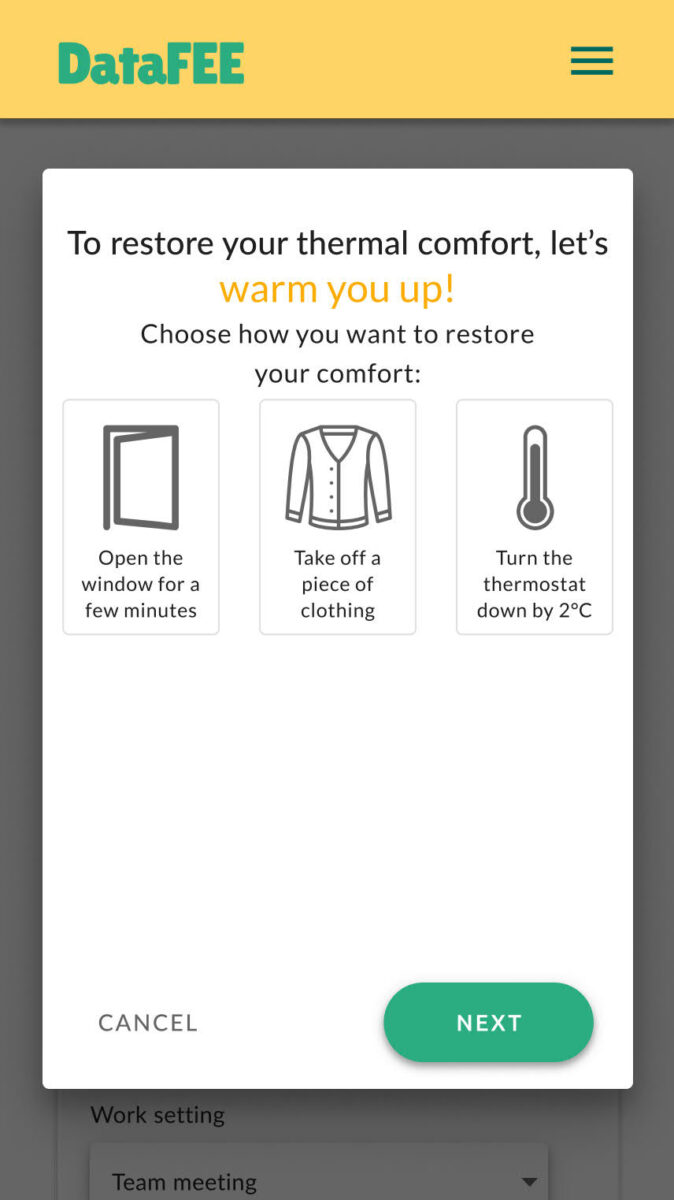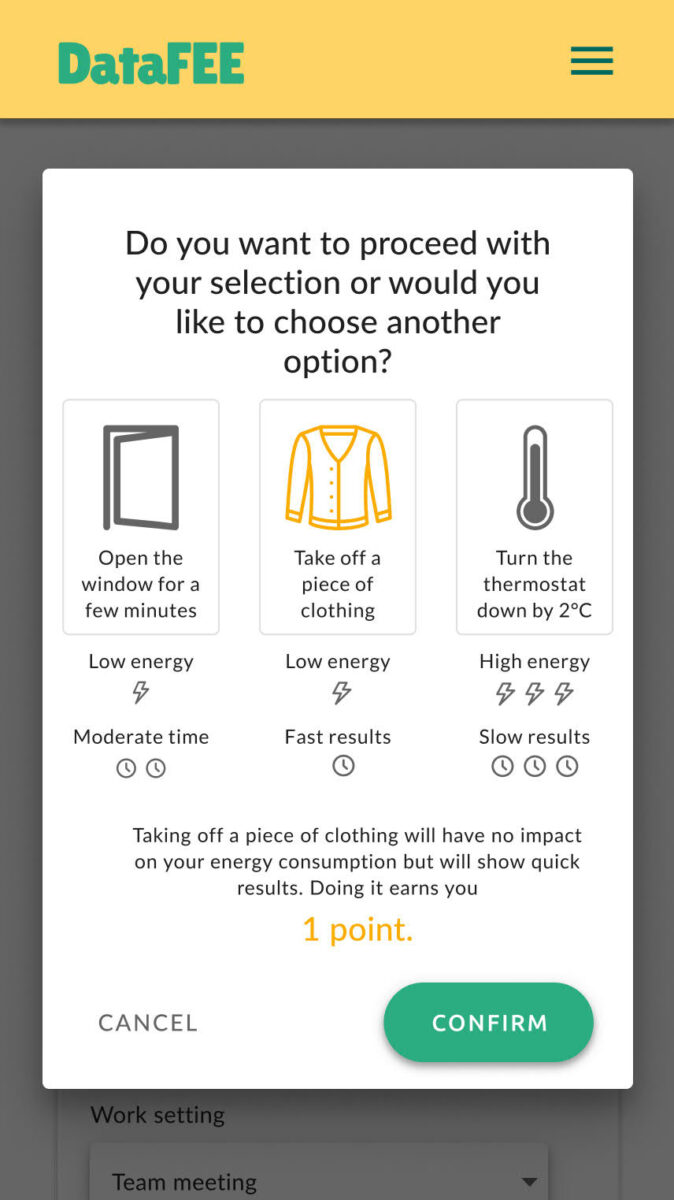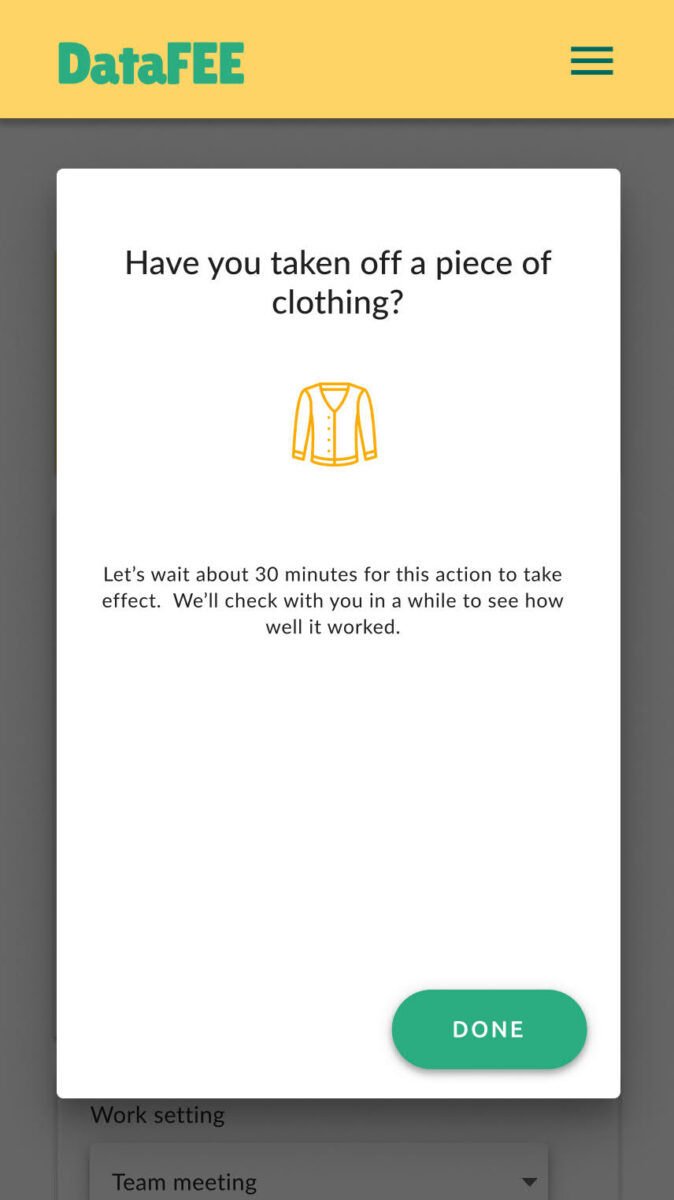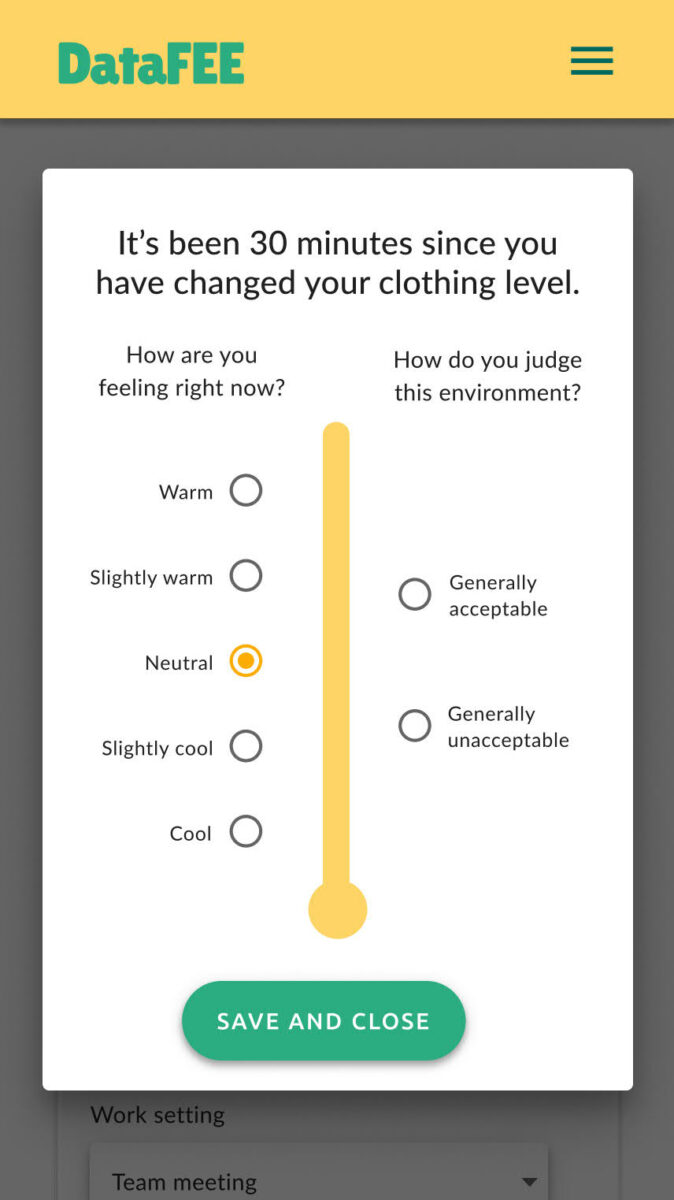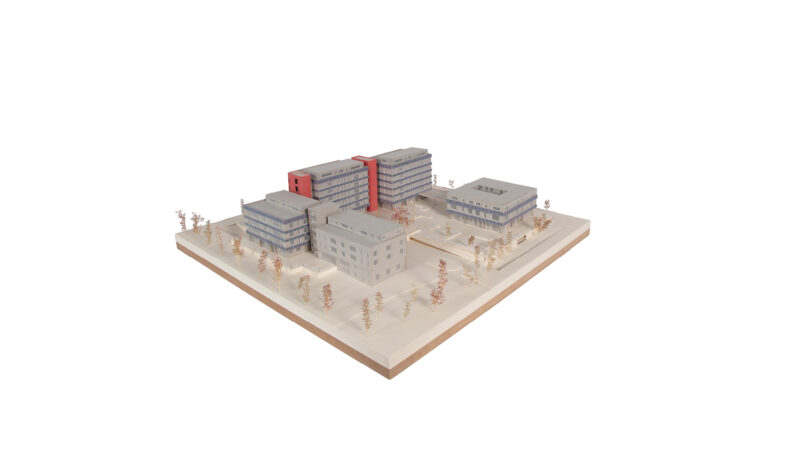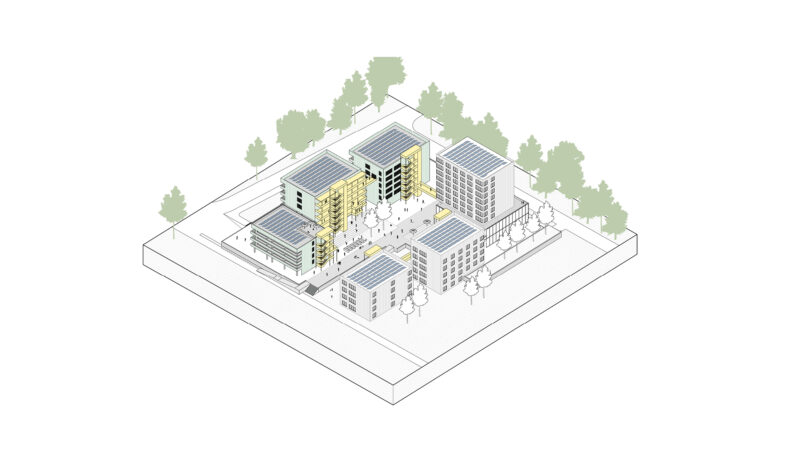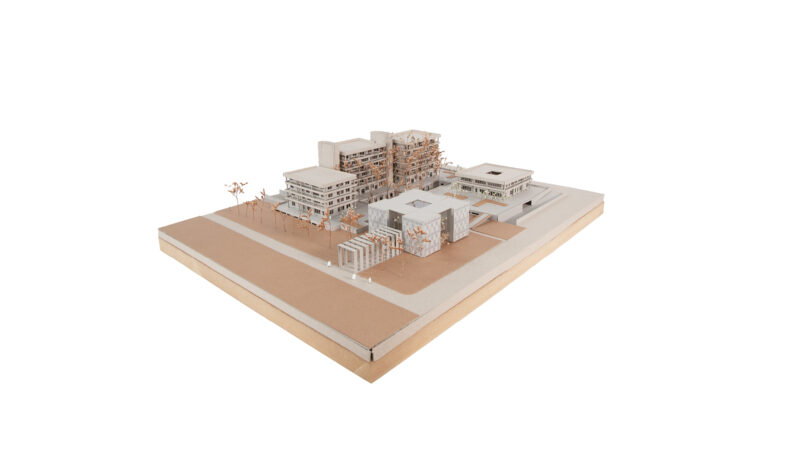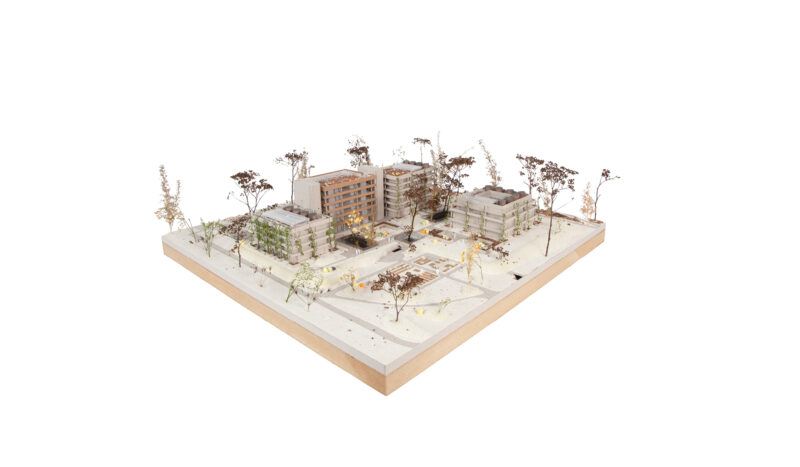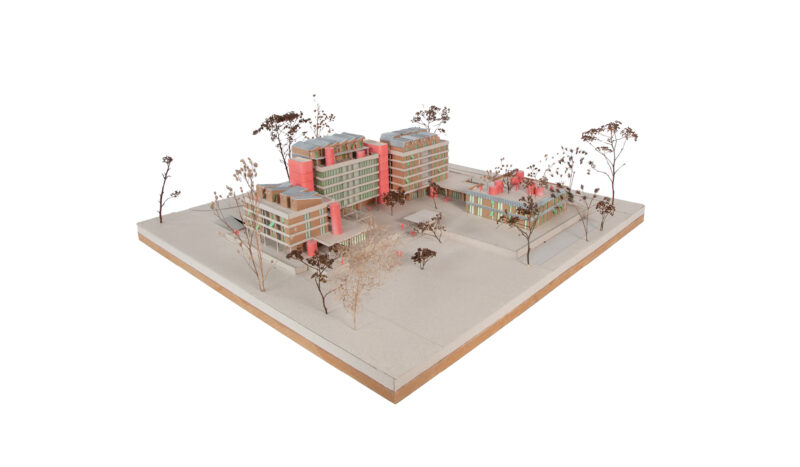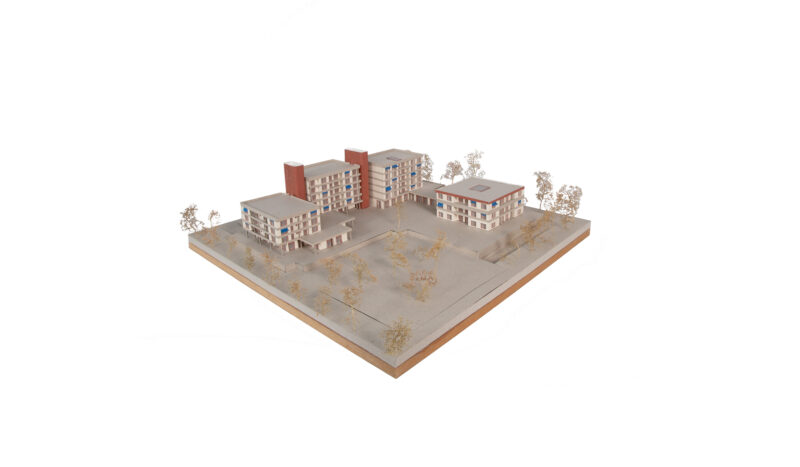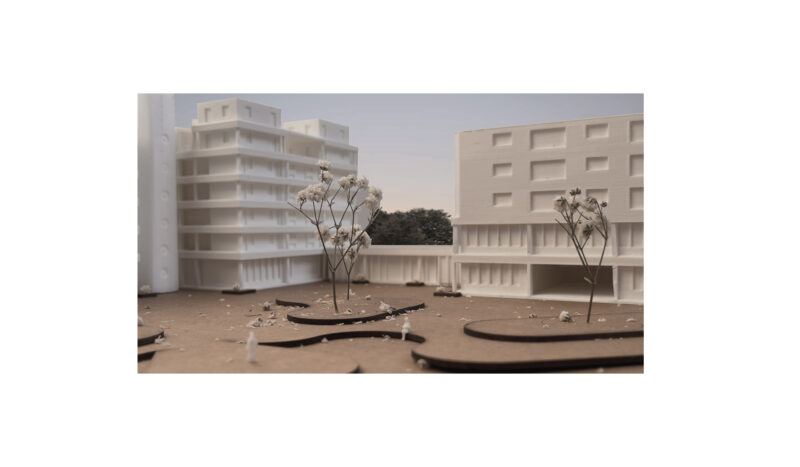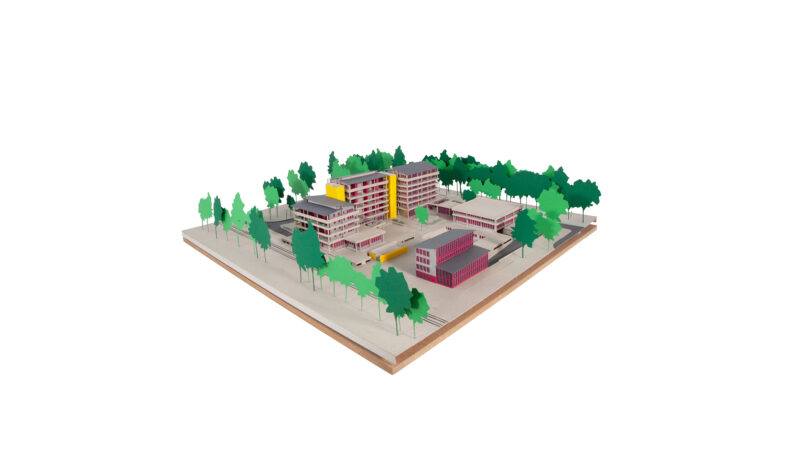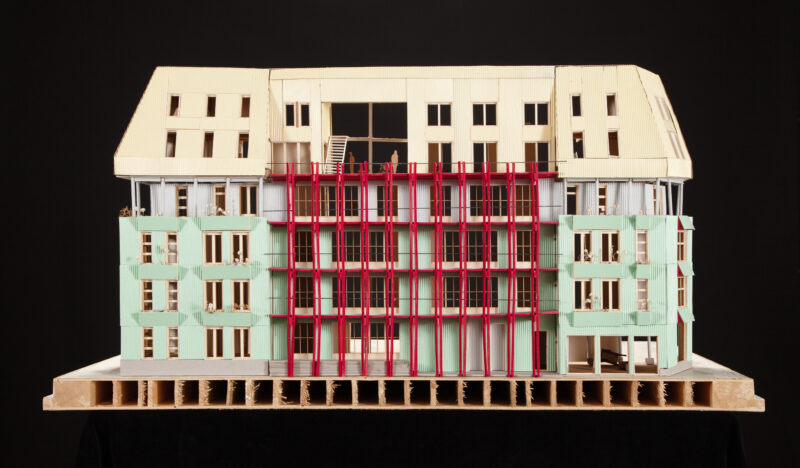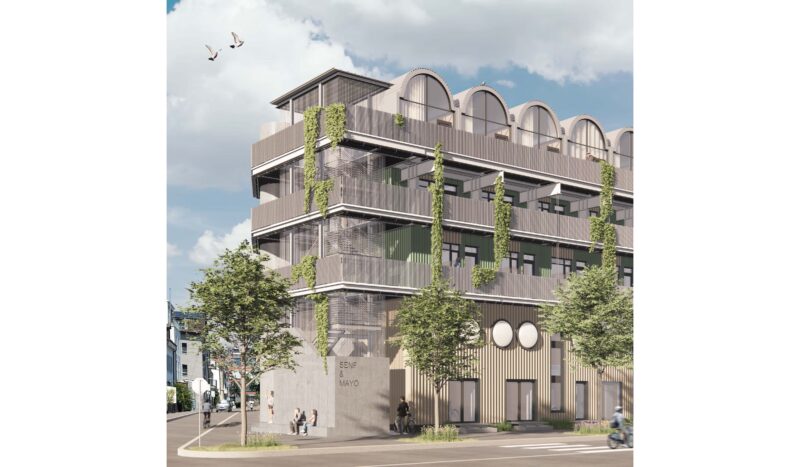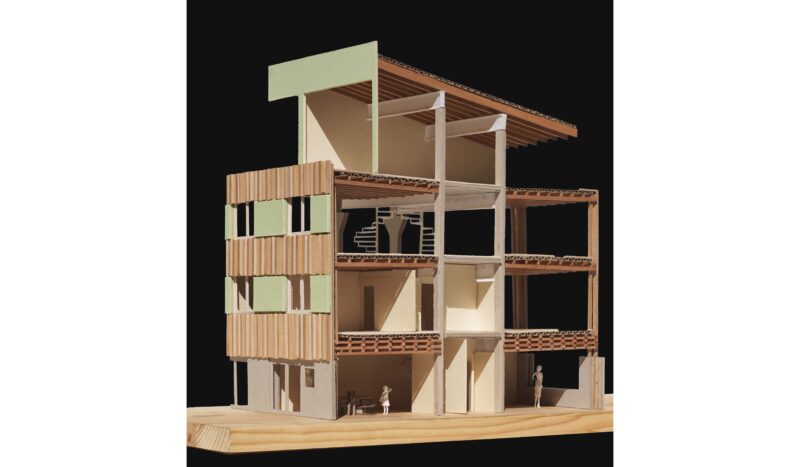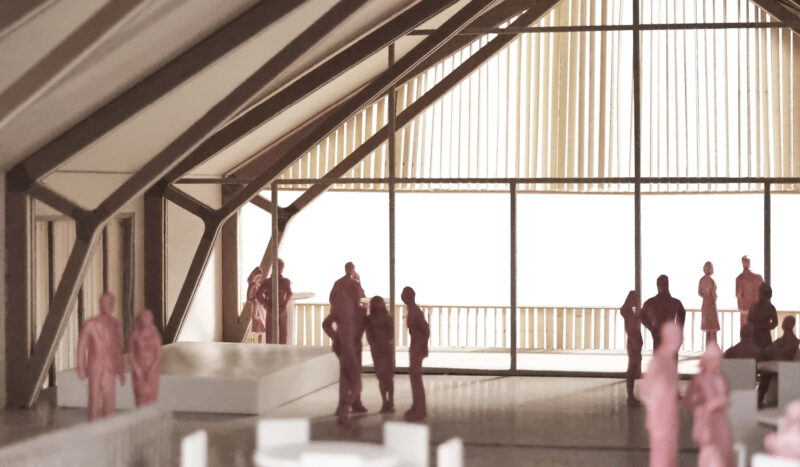
Nutzerzentrierte Gebäudesysteme / Occupant-centric building systems: DataFEE
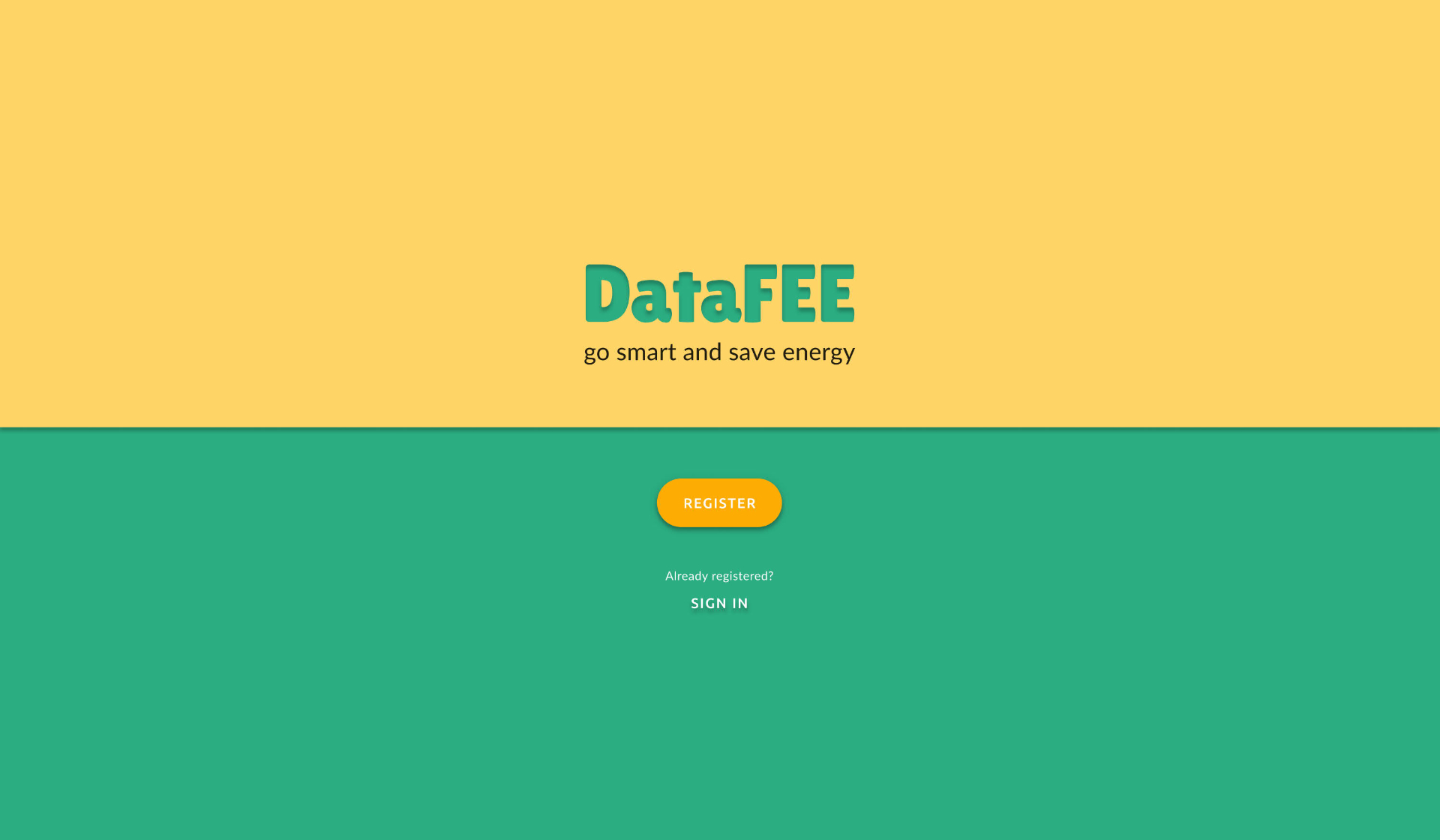
Deutsch
DataFEE, „Data Mining, maschinelles Lernen, Feedback und Feedforward – Energieeffizienz durch nutzerzentrierte Gebäudesysteme“, ist ein 3,5-jähriges Projekt, das vom Bundesministerium für Wirtschaft und Energie (BMWi) gefördert wird. Das Projekt wird vom KIT geleitet und umfasst sechs verschiedene Partner aus der Akademia und der Industrie.
Das DataFEE-Projekt zielt darauf ab, die Energieleistungslücke von Gebäuden zu verringern, indem eine zuverlässigere Prognose des Gebäudebetriebs durch Datenverarbeitung ermöglicht wird. Die fünf Arbeitspakete des Projekts umfassen benutzerspezifische Datensätze, maschinelles Lernen und Data Mining, digitale Zwillinge, Feedback und Feedforward-Informationen. Die DataAPP, die im Rahmen des Arbeitspakets „Feedforward Information“ entwickelt wurde, demonstriert und dokumentiert die Auswirkungen des Nutzerverhaltens auf das Raumklima und den Energieverbrauch, um das Nutzerverhalten durch Informationen potenziell zu beeinflussen.
Zu diesem Zweck sammelt DataAPP demografische Informationen, Informationen über die thermische Umgebung des Nutzers sowie die momentane thermische Wahrnehmung und Präferenz des Nutzers, um dem Nutzer Feedforward-Informationen über die Energieeffizienz der möglichen Steuerungsaktionen zur Wiederherstellung und Aufrechterhaltung des thermischen Komforts zu präsentieren.
2021 konzentrierten sich die Forschungsaktivitäten auf die Implementierung der Browser-Anwendung. Der Entwicklungsprozess bestand aus der Analyse der Bedürfnisse und Präferenzen der Beteiligten, dem UX- und UI-Design, der Software-Implementierung und Usability-Tests.
English
DataFEE, „Data mining, machine learning, feedback, and feedforward – Energy efficiency through user-centred building systems“, is a 3,5-year project funded by the German Federal Ministry of Economics and Energy (BMWi). The project is led by KIT and includes six different partners from academia and industry.
The DataFEE project aims to reduce buildings’ energy performance gap by enabling a more reliable building operation forecast through data processing. The project’s five work packages include user-specific datasets, machine learning and data mining, digital twins, short-term feedback, and feedforward information. The DataAPP, developed as part of the feedforward information work package, demonstrates and documents the effects of occupant behaviour on the indoor environment and the energy consumption to potentially influence the user’s behaviour through information.
For this purpose, DataAPP collects demographic information, information about the user’s thermal environment as well as the user’s momentaneous thermal perception and preference to present the user with feedforward information about the energy efficiency of the possible control actions to restore and maintain thermal comfort.
In 2021, research activities focused on the implementation of the browser application. The development process consisted of the analysis of the needs and preferences of the stakeholders, UX and UI design, the software implementation and usability testing.
DataFEE - UX design for humans in room automation
Information Structure
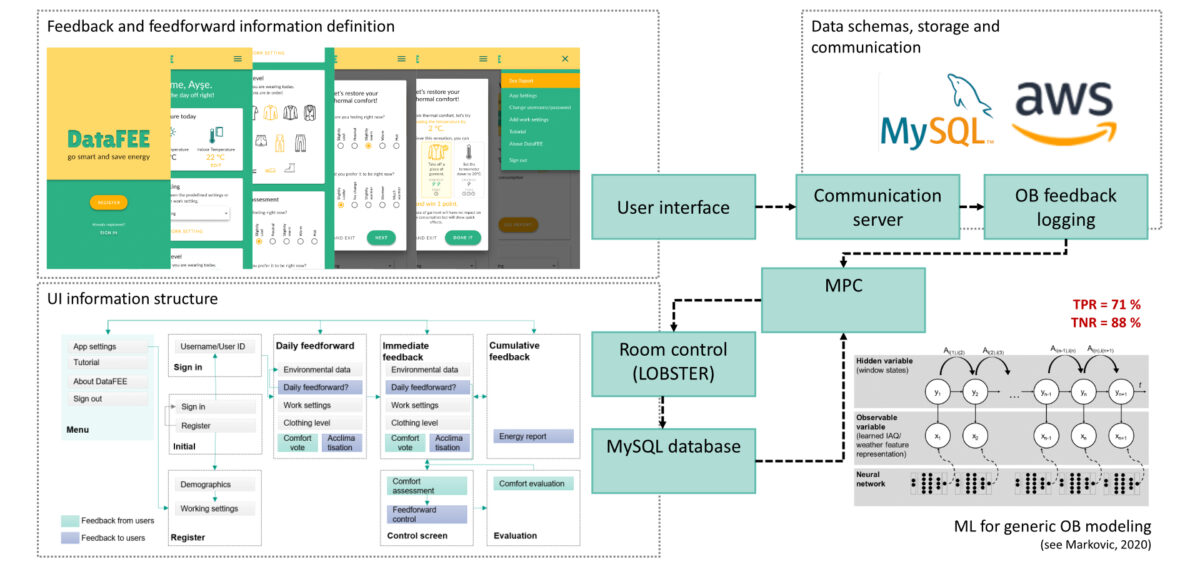
Dashboard
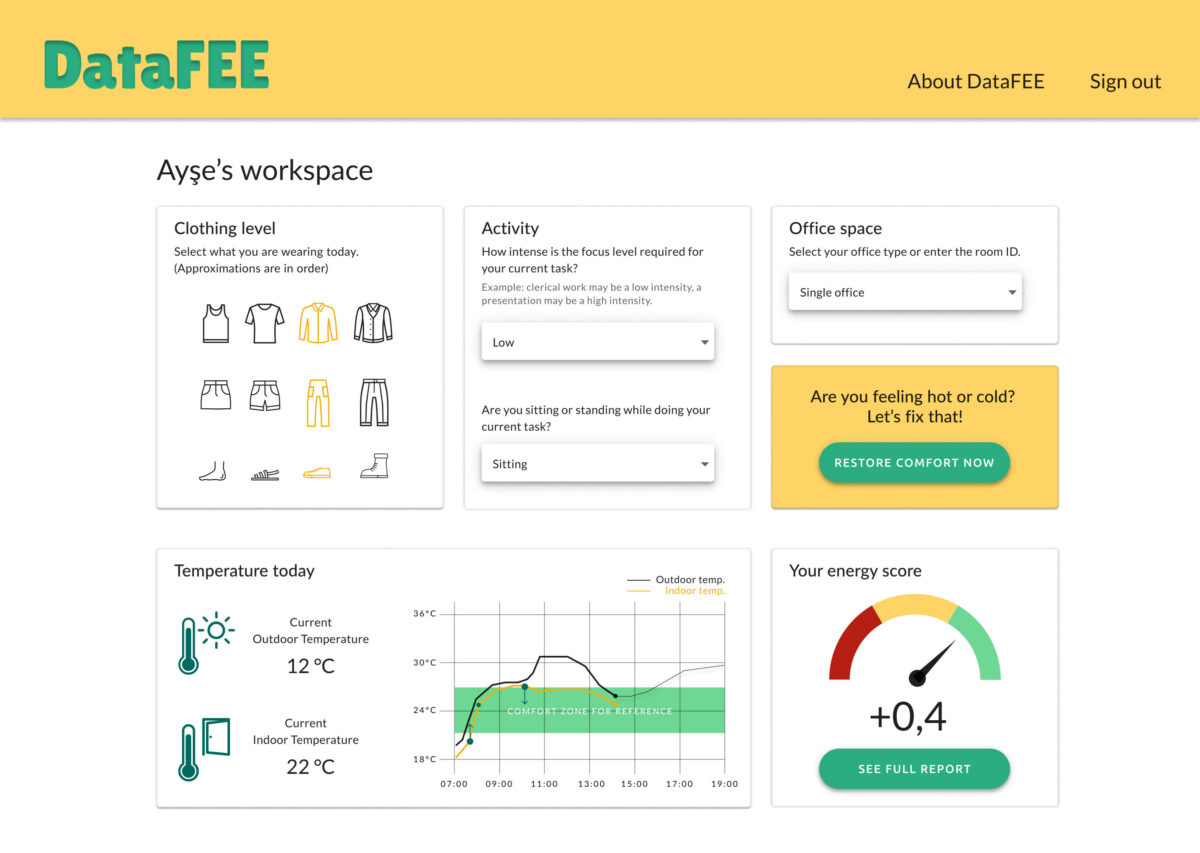
Thermal Comfort Wizard
